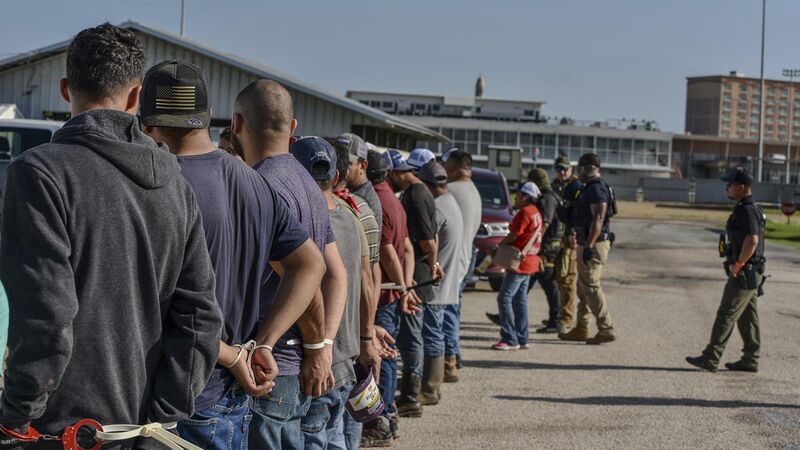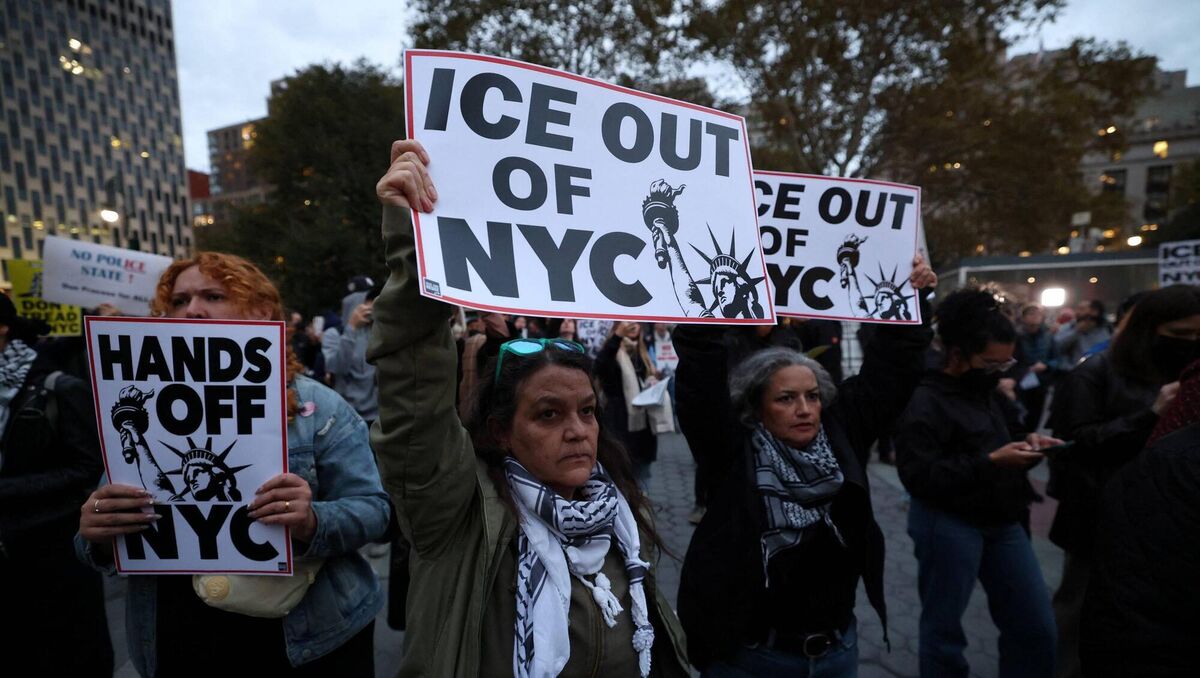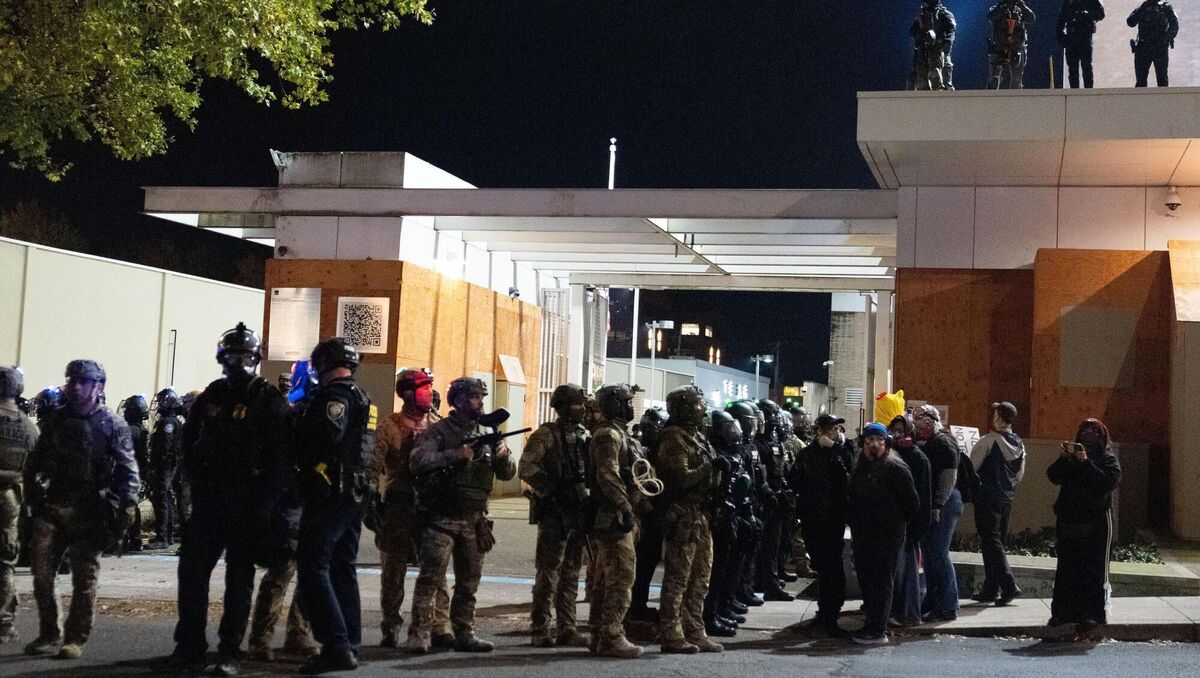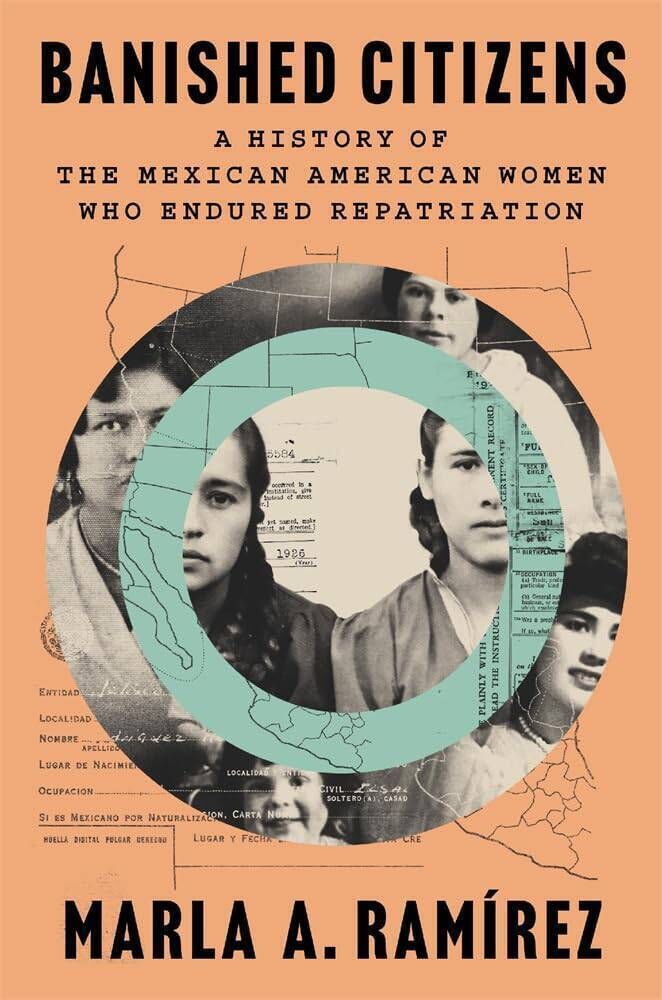Author interview: Eerie parallels in treatment of immigrant communities

Workers following arrest by US Immigration and Customs Enforcement officers in Louisiana during the summer. Human Rights Watch say the agency has staged hundreds of violent raids at places where Latino people work, shop, eat, and live.
- Banished Citizens
- Marla Andrea Ramírez
- Harvard Press, €29.99
Last year, on the presidential campaign trail, Donald Trump promised to launch the largest deportation programme in US history. A year into his presidency, Trump has kept his pledge.
Today, Immigration and Customs Enforcement (Ice) officials continue to stalk and seize people across the US they suspect lack authorisation to be in the country — terrorising entire communities and ripping families apart in the process.
“Today in the United States we are seeing mass deportations of people, including US citizens.
“This includes Puerto Ricans, who have been interrogated by US immigration officers for speaking Spanish in public,” the Mexican-born academic explains.
“While many Venezuelans are being described [by the US government] as gang members. Eventually, people buy into these ideas, and it gives the government [free rein] to justify their measures.”
“There is now an increasing number of Latinos in the United States who are US citizens with voting rights.
“This has seen fear grow among some [white Americans] that Latinos could become the majority.”


The Wall Street Crash of 1929 dramatically altered their fate.
Today in LA Plaza de Cultura y Artes, Los Angeles, there is a plaque commemorating Mexican Americans who were forcefully removed from a country they called home.

Many individuals from families that Ramirez interviewed believe they are owed, at a minimum, an apology from the current Mexican and US governments.
“California has already acknowledged their role in this mass removals and they have inaugurated a plaque to recognise this history.
“I’m currently in conversation with Governor Tony Evers, who I’m hopeful will promote legislation that will approve a reparation or an apology act here in the state of Wisconsin.”



